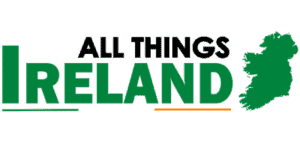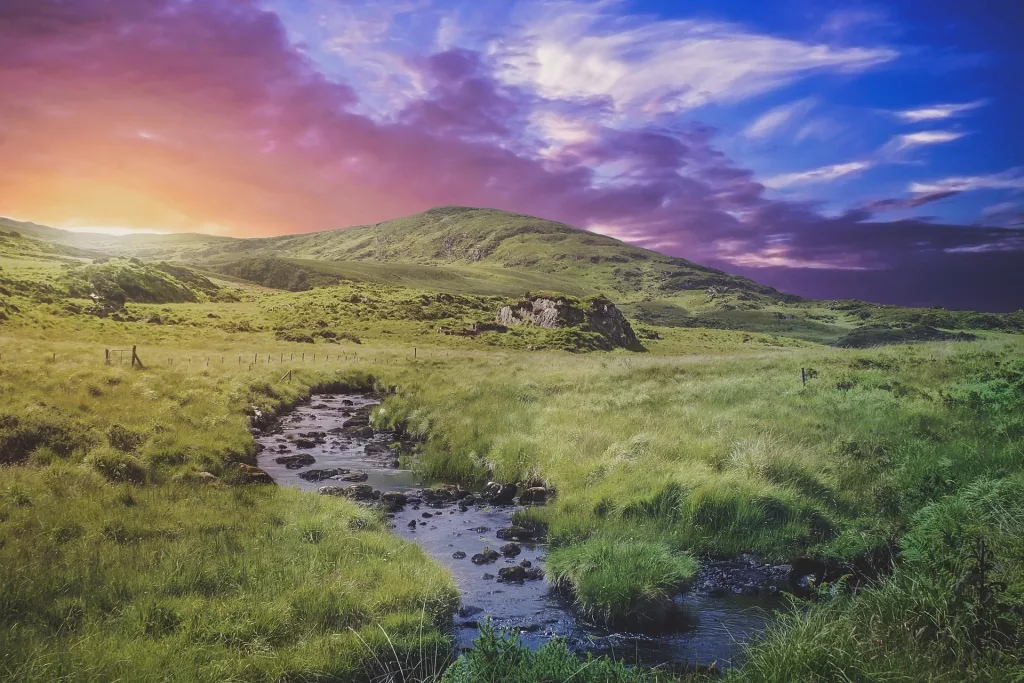
There’s so much more to Ireland than shamrocks and leprechauns. Located on an island on the western side of Europe, the country of Ireland is steeped in rich cultural history and is a beloved destination for travellers from all over the world. Here are some of the most interesting facts about Ireland that you may not know.
Ireland is home to some of the oldest known structures in the world. The Garden of Ireland is the site of one of the oldest known structures, known as ‘the Stone of Destiny’ which is believed to be 4,500 years old. It is also the location of Newgrange, a 5,000-year-old neolithic burial site that is still standing today.
The Irish are storytellers and this is reflected in the country’s many intriguing ancient tales. One of these is the story of Twin Berries, which is a Celtic folktale that was first told in Ireland in the 5th century A.D. The story centres around the magical berries of life and death and speak of how they were hidden in the tree to prevent them from being eaten by mortals.
The Gaelic language, also known as Gaelic, is still spoken by roughly 70,000 people on and around the island. Gaelic is considered to be one of the oldest living Indo-European languages in existence and is classified as a minority language. Eire’s Constitution states that Irish is the official language and is used for official purposes including the law, parliament, public authorities and government documents.
The Irish are renowned for their love of music, which represents the spirit of their culture and folklore. Traditional music is an organic blend of storytelling, instrumental melodies, and dance that together produce the unique musical style of traditional Irish folk songs. Common instruments used in folk music include the fiddle, the flute, and the bodhran, which is an ancient Irish percussion instrument.
Ireland has a lot to offer in terms of natural beauty. It is home to some of the most breathtaking landscapes in the world, including the Cliffs of Moher and the Giant’s Causeway. Ireland also has a wide variety of wildlife, including the endangered red squirrel, pine martens, and even golden eagles.
Ireland’s history is intertwined with Britain and this is reflected in their culture around the world. The Irish diaspora, which refers to the emigrant communities of the Emerald Isle people living outside their homeland, established a presence in the U.S. and Canada during the 19th and 20th centuries. These immigrants and their descendants have kept alive the Irish culture and traditions in their new countries and around the world.
These are just a few of the many interesting facts about Ireland. From its ancient history to its vibrant culture, this small island nation has a unique and intriguing history that travellers from around the world come to marvel at.
Newgrange County Meath Dates Back To 3000 BC!
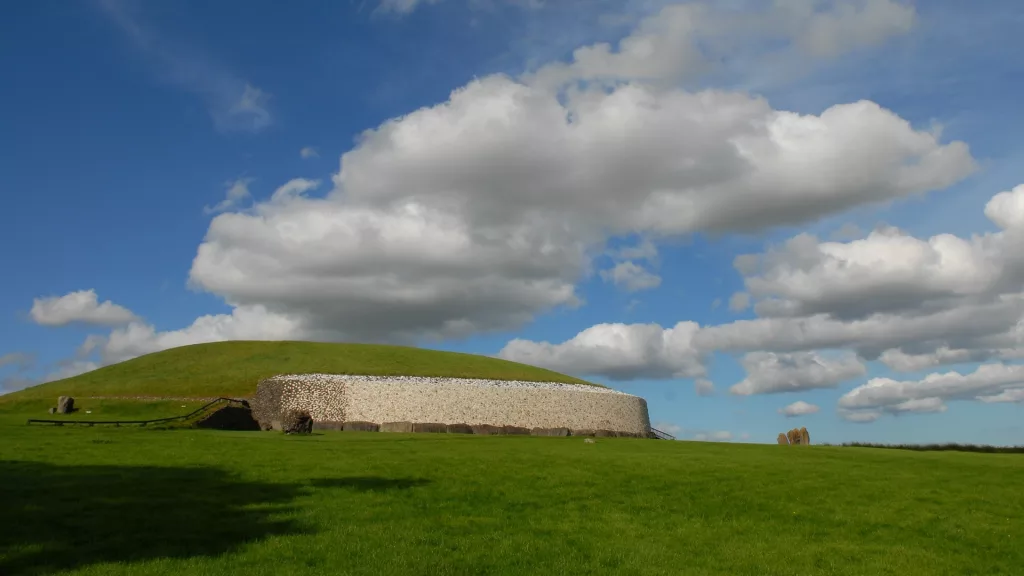
Newgrange is a Neolithic site located in County Meath, Ireland, that dates back to 3000 BC. Built as an ancient passage tomb, it stands as an impressive example of pre-historic engineering, as well as an enduring reminder of the religious and spiritual significance of the period to its builders. This essay will examine the history, architecture, and significance of Newgrange.
Newgrange was built in three stages by the communities of the Mediterranean “farming-herding culture” from around 3000 BC. Production of the passage tomb was divided into two segments. The first phase began around 3200 BC, and it was the construction of the passage and the burial chambers. These were built using locally sourced materials, such as stones and gravel.
The second phase showed a refinement in technology and craftsmanship, with a higher level of skill in the construction of the inner chamber and the passage. The final phase of construction was marked by the addition of artwork and decorations on the exterior walls of the passage, representing some of the spiritual beliefs of the period such as sun worship.
Uniquely, the structure of Newgrange was designed to allow sunlight to light up the interior of the tomb on the winter solstice. This is achieved through a specially constructed opening made on the east side of the tomb’s roof that allows a narrow beam of sunlight to enter the interior of the tomb for 17 minutes each year on the morning of the winter solstice. This phenomenon, known as the Ray of Light, has been reported to be especially awe-inducing as the sunlight illuminates the tomb from within.
Last but not least, Newgrange is a site of religious, cultural, spiritual, and historical importance. It has been designated a UNESCO world heritage site and is still used for spiritual activities such as solstice and equinox celebrations. The possibility that the construction of the site was intended to mark an important astronomical event has made it a popular destination for scientists and astronomers who are still exploring the relationship between the built environment and the cosmos.
In conclusion, Newgrange has become much more than a Neolithic site, it has achieved status on par with other artistic and architectural marvels of its period. Its importance as a landmark of a rich spiritual and cultural legacy is without question. Its construction was a testament to the technological, mathematical, and architectural skills of its builders. And even today it is revered both as a scientific curiosity, and a reminder of the power of human ingenuity.
The Irish Are Great Storytellers
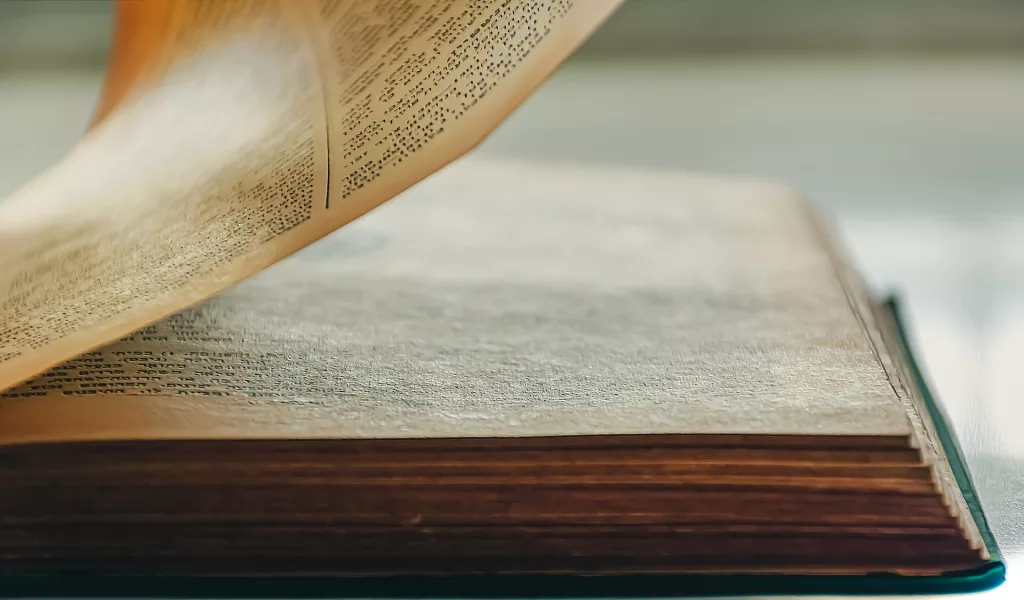
The Irish are a people who value storytelling above all else. Storytelling is an integral part of Irish culture and has been for centuries, with stories of gods and goddesses, fairy tales, and adventures passed down from one generation to the next. Ireland is a place where stories have been kept alive, retold, and transformed in many ways over the years. In fact, storytelling has been so entrenched in Irish culture that it has been said that “the Irish can spin a story from nothing.”
For many centuries, storytelling was the primary way that the culture and history of the Irish people were passed down from one generation to the next. Irish storytellers were often salaried and looked upon as an integral part of the community, as they entertained and educated their listeners. These storytellers played an extremely important role in preserving and developing the Irish oral tradition. Stories were the way that Irish wisdom, legends, and humour were communicated across the generations, and even served to educate the younger generations in the ways of the Irish.
In addition to providing entertainment, storytelling was also an important part of Irish religious and spiritual belief systems, with many stories about legendary figures and deities intertwined with spiritual and moral lessons. These stories often carried a magical element, as the Irish are said to have a special affinity for the “otherworldly.” Fairy tales and “seanchas” (traditional stories) were particularly popular forms of Irish storytelling, as these stories explored many of the mysterious worlds that the Irish believed in, such as the Otherworld, the Faerie Kingdom, and the magical realm of Tir na nOg.
Modern storytelling has shifted and evolved over the years. This can be seen in the way that writers such as James Joyce, W.B. Yeats, and Sean O’Casey have used storytelling to capture and convey the full extent of Irish culture and identity. Storytelling has been used as a tool to bring attention to social and political issues, with many writers using their work to draw attention to the Troubles in Ireland.
Irish storytelling is an immensely powerful tool. It has and continues to, provide a vehicle for the transmission of Irish culture, as well as an opportunity to express and explore Irish identity, values, and beliefs. Storytelling is an integral part of being Irish and is, in many ways, something that binds people together across generations and even the world. Thus, it is easy to see why the Irish are so passionate about storytelling and why it is such an integral part of their culture and identity.
The Irish Language Dates Back To The 4th Century
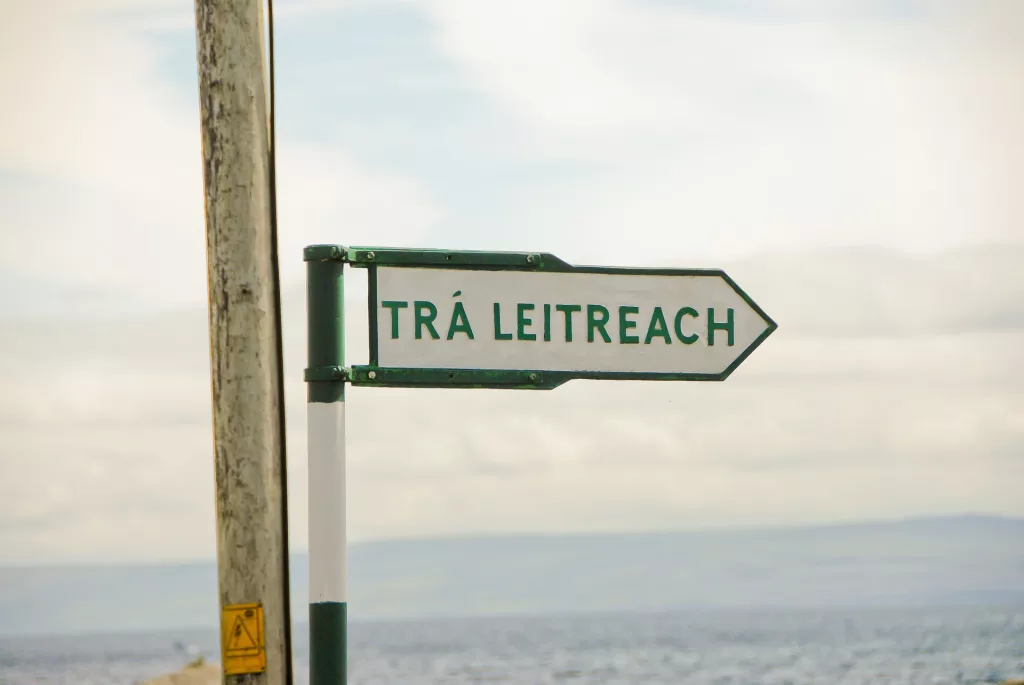
The Irish language, or Gaelic, as it is commonly known, is the oldest form of language spoken in Ireland and is part of the Celtic language family. It has a long and fascinating history, stretching back over thousands of years. The language has evolved significantly, being influenced by Norse, English, and Latin over the course of its history. Gaelic is still the first official language of the Republic of Ireland and is an important part of Irish culture and history.
Gaelic originated in what is now known as the Irish Midlands in the 4th century AD. This area was populated by the Celtic people of Britain and Ireland, and the language that they spoke was an early form of Gaelic. Over the centuries, the language evolved and spread throughout the island of Ireland, becoming the lingua franca of the people.
The language saw a period of great popularity and influence during the Middle Ages, as the language of the High Kings. However, with the coming of the Normans and the English in the 12th century, the language began to be replaced by English. Although the language continued to be spoken in many areas, there was increasing pressure to adopt English for official and legal use.
By the 19th century, English was firmly established as the dominant language of Ireland, and the use of Gaelic went into rapid decline. The language was eventually outlawed during the English occupation of Ireland, leading to a steep decline in the use of Gaelic. This, combined with the introduction of a more modern form of the language, led to a drastic reduction in the number of Gaelic speakers and the language almost becoming extinct.
The Gaelic language, however, did not disappear completely. Thanks to the efforts of Gaelic enthusiasts and language activists, the Irish language has seen a resurgence in recent times. A number of initiatives have been introduced to encourage people to learn the language, and there are now millions of people who can speak and understand Irish.
The Gaelic language has long been an integral part of Irish culture and heritage and is an important part of the country’s history. While English may be the language most commonly spoken in Ireland today, the Irish language is a vital part of the Irish identity, and will hopefully continue to be so for many years to come.
Irish Music Was Developed In The 6th Century

Irish music holds a special place in the hearts of many people around the world. The distinctively Celtic sound has spoken to a number of generations, its influence running deep within the contemporary music we hear today. Irish music has proven to withstand the test of time, having originated over five-thousand years ago, and through its many implementations for generations, has earned its rightful place in the hearts of people everywhere across the world.
The development of Irish music began in the 6th century when oral music, such as the early goltraí and filíocht, were learned by the Celts while they lived in Ireland. Over time, the people of Ireland crafted their own music style in addition to the folk music they inherited, in the form of harping and instrumental music.
By the 1600s, Irish minstrels had sprung up all over the country and developed their own type of instrumental performance art and style. This specific form of music was at the heart of Irish culture, and the minstrels, pipers and harpists spread across the world acquiring and playing their own unique arrangements with their own unique style.
Since then, the music has come to influence national and international musical styles, passing through musical movements such as punk rock and reggae, each of which had its own take on what was to become the traditional Irish music of today. Regional adaptations of the music emerged in the late 1960s and early 1970s, with artists like The Dubliners, The Clancy Brothers and The Fureys, whose innovative and inspired arrangements of the well-loved songs of the day achieved huge acclaim from around the world.
Irish music has been embraced on an international platform, no more so than in the form of U2 and their unwavering popularity, having sold more than 170 million albums worldwide. U2 have had a profound impact on music, not just in their huge commercial success, but in their numerous attempts to address sociopolitical issues in their songs and also with the launch of their charity organization “Music Rising” which raises money to rebuild music schools and encourage young people to take part in music-making ventures. Thematically, U2 and fellow artists have been inspired by the rigours of life in Ireland and empowering their fans to see that, no matter their circumstances, an expansive world awaits beyond it.
As Irish music continues to evolve, its importance to the cultural heritage of Ireland remains unchanged – the soulful, vibrant and uplifting essence of its Celtic roots continues to lead the way for future generations.
The magical infusion of tradition, modern instrumentation and lyrical storytelling of Irish music is something that people all around the world can unite in and feel a connection to. The sound of Irish music is something that can never be replicated, and its unique spirit will always live in the hearts of those who have been touched by it.
Irelands Landscapes Are Some Of The Best In The World
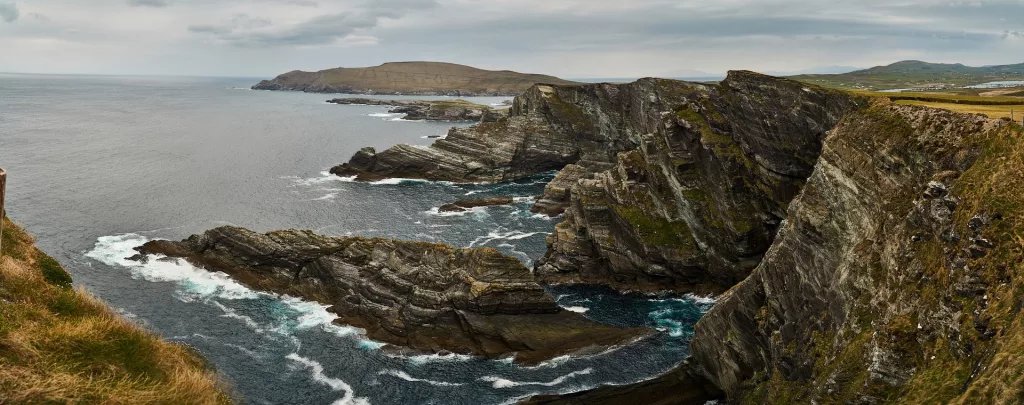
The landscapes of Ireland are unparalleled in their beauty, range and variety. From the ancient heather-covered bogs to the misty and majestic mountain ranges, Ireland’s landscapes are a feast for all of the senses.
The west coast of Ireland is renowned for its spectacular scenery, with craggy cliffs falling steeply into the Atlantic Ocean. The crashing waves, stormy skies and abundance of wildlife further celebrate the wild beauty of the region. Nestled in among the cliffs, there are numerous sandy beaches, quiet coves, and islands waiting to be explored, providing all types of adventurers the perfect destination.
If you venture inland, you’ll find lush green pastures dotted with farmhouses and herds of grazing animals. Here, you can truly capture the essence of The Emerald Isle. There are also large areas of forestry, where everything from ferns to oak and heather, can be seen. Out in the western regions, the landscape is particularly dramatic with stunning valleys, patchwork fields and mountains reaching out to the horizon.
Heading to the east of Ireland, a completely different picture greets you. Wetlands, estuaries and waterways abound. Kerry coastlines, swathed in rich rocky precipices, impart a certain magical and rugged beauty which brings a sense of awe to the heart of all who witness it. The soft sunlight which graces the east also brings with it a gentle calm, making it an area rich in tranquillity and restorative vibes.
There are also many impressive and interesting landmarks which can be found across the Irish landscape. From the ancient ring forts and megalithic tombs scattered throughout the country to the iconic Cliff of Moher on the west coast or the Giant’s Causeway on the northeast.
Ireland is, without a doubt, a land like no other. Its landscapes offer a mixture of everything from lush green landscapes to wild coastlines and charming villages – there’s something to capture the hearts of everyone who lays eyes upon it. There is, perhaps, no better place to indulge in its splendour than Ireland – divinely beautiful and breathtakingly captivating – all just waiting to be explored.
Ireland’s History Is Complexed And Very Interesting
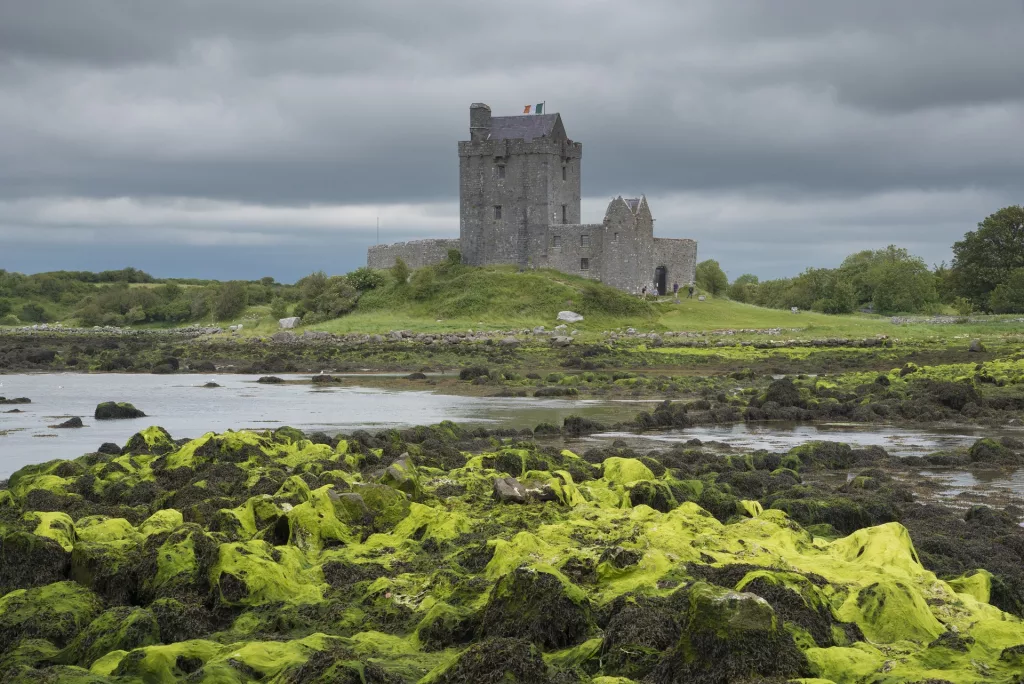
Ireland is a small island nation in the North Atlantic Ocean. It has a rich history that dates back to the beginning of civilization. For centuries, the nation has been overpowered and influenced by many of Europe’s most powerful nations. This has shaped the culture, society, and government of the country in many ways.
In the early years of Ireland’s history, it was populated by Gaelic-speaking peoples who arrived from Scotland. This is reflected in the fact that these early inhabitants shared a common Celtic language, literature, and customs. Around 400-800AD, the Celts began to carve out their own kingdoms and form their own societies. During this period, Ireland experienced a number of invasions from the Roman Empire and other European countries.
In the 10th century, the Scandinavian region of Ireland was conquered by the Vikings. This was followed by the Norman Conquest of Ireland, in the 11th century, where the English seized control. This ushered in a number of English laws and customs, which were imposed upon the Irish population. This included a feudal system of rule and the introduction of the English language.
Ireland has eventually declared a nation in 1921. However, this was preceded by more than 100 years of turbulence in the country. This includes the Great Famine of the 1840s, during which a million people were killed by starvation and disease.
The country also faced a long and bloody history of struggle against British rule. This began with the formation of the Irish Republican Brotherhood and the Easter Rising, which advocated for an independent Irish Republic. This was followed by a campaign of peaceful protests, led by the Sinn Fein political party, which eventually resulted in the signing of the Anglo-Irish Treaty. This granted Ireland limited independence and laid the foundation for the modern state.
The history of Ireland has been deeply intertwined with the struggles for independence and nationhood. This, together with its rich cultural heritage, has all contributed to forming the nation we know today. Despite a tumultuous past, Ireland has maintained its identity and grown into a prosperous and vibrant nation.
Check out some more of my articles below
24 Things to do and see in Limerick
Recent Posts
Unraveling the Enigma: Exploring the History and Symbolism of Celtic Knots
The Origins of Celtic KnotsThe intricate artistry of Celtic knots holds a rich history that dates back centuries to the Celtic tribes of ancient times. These ancient peoples, with their strong...
Researching Budget-Friendly Accommodation OptionsWhen planning a budget-friendly trip, one of the key aspects to consider is finding affordable accommodation. Start your search by exploring options...
